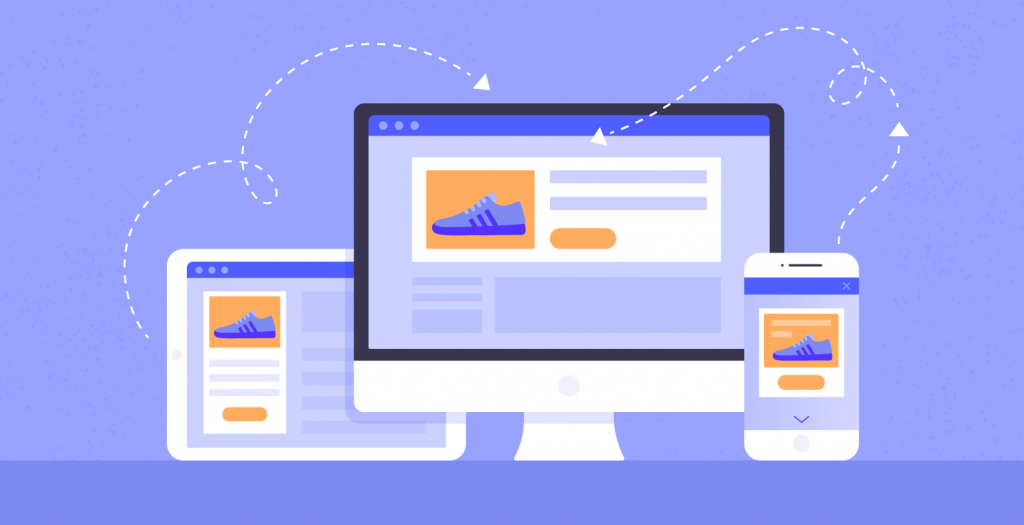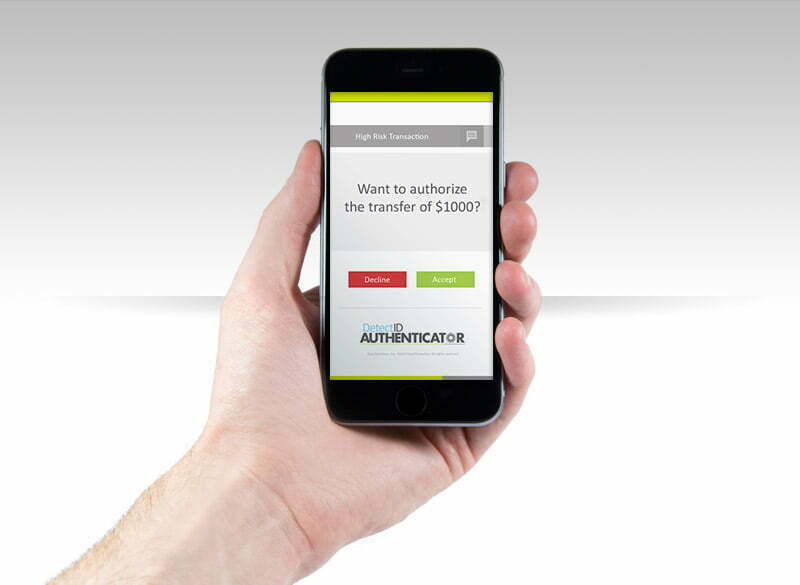You need to determine the objective of your web banner advertisement; in other words, what is your business or brand? If you can answer this question, the rest will be easy for you to find the perfect web banner advertisement. We will discuss finding the ideal web banner advertisement that fits your business and brand.
While banner ads have been around for ages, the current advertising world has changed significantly. With the advent of mobile technology and responsive design, it’s become much harder to create a successful website. The best way to find the perfect web banner advertisement is to test different options.
As a result, web designers and developers are looking for new ways to market their work. You can promote your website, promote your business, or promote your social media content. We’ll show you the best tools to help you test different options and find the best solution for your needs.
Launching a website has never been easier — you can do it yourself in about an hour! However, with the sheer volume of online sites vying for your attention, having a website with a perfect web banner advertisement isn’t as easy as it sounds. It requires a lot of trial and error, and you may find that you need to make changes on your own a few times before you find something that works.

Banner advertisements are a common form of internet advertising. These banners are typically displayed above a section of the text, such as a blog post or news article. They are often displayed on websites and other types of content, such as articles.
While banner advertisements can be created by anyone with a basic understanding of Photoshop, a large majority of the banners seen on the internet are created by professionals.
A banner advertisement is a combination of several different aspects
• A title
• An image
• An alt text
• A description
• A link
A good banner advertisement grabs the reader’s attention, makes them click on the link, and drives them to another site. The title should describe the website’s contents in a catchy way, and the alt text should provide additional information about the website.
There are many different ways of advertising on the internet, but most rely on text-based links. These links can be paid or organic and are often linked to websites. However, the latest trend is to use image-based advertisements.
These ads are called banners, and they’re usually placed in the middle of a website, on a page header or footer. Banners can be animated, interactive, and even responsive. Most importantly, they’re more visually appealing than text-based ads. So how do you know if an image-based banner is right for you?
Here are three important questions to ask yourself:
1. Do you want to sell a product?
2. Are you trying to promote a website or a brand?
3. Is the image you want to use relevant?
If you’re selling a product, your best bet is to go with a standard image-based ad. For example, a product with a price tag is probably a good choice if you’re selling a widget. As a brand, you’re better off going with an image relevant to your business. For instance, a picture of a model wearing your clothes would be great if you’re promoting a clothing brand.
Web banners have long been used as a promotional tool. They’re designed to entice people to visit a website.
Here’s why:
Mobile usage is up
With the rise of mobile technology, more people are accessing the Internet from mobile devices. As a result, web banners no longer work.
You can’t target mobile users.
You can’t target mobile users with web banners. There are some exceptions, but most banner ad formats are not optimized for mobile.
You have limited space.
Banner ads take up a lot of space, so they’re ineffective when you only have a small amount of room.
You don’t have time
Even though web banners have been around for decades, it’s still a competitive industry. You’ll spend a lot of time researching, testing, and optimizing banners before you find the ones that are the best fit for your audience.
Frequently Asked Questions Web Banner Advertisement
Q: Can you tell me about your background as a web banner model?
A: I have been doing web banner advertisements for about two years. My brother introduced me to it because he used to do it. He has his own company and had a good experience. I thought that it was something that I could do, too.
Q: Why should someone consider this advertising strategy?
A: There are so many companies that are searching for quality, inexpensive, and eye-catching advertisements. So, it is perfect if you look at it from that perspective. It is also very easy to manage because there is no need for money or human resources.
Q: How do you find the perfect web banner advertisement?
A: One of the most important things is ensuring that your ad is creative and original. It would help if you looked at what other companies are doing and used your creativity. Don’t copy someone else’s ad. Look at the ad in person, not on the internet.
Top 3 Myths About Web Banner Advertisement
1. The perfect banner advertisement is not possible.
2. A banner advertisement should never cost more than $25.
3. The best way to find the perfect web banner advertisement is to check the AdSense advertising system.
Conclusion
Web banner advertisements (sometimes referred to as “ad banners”) are a type of advertisement that appears on many websites. This type of ad is usually displayed alongside other content, such as articles, videos, etc. It’s also one of the most effective ways to promote your product online. Studies show that web banners are one of companies’ top three sources of online revenue. Web banners are generally divided into two categories: contextual and non-contextual. Contextual web banners relate directly to the content on the page where they appear. Non-contextual web banners display your brand name and website URL.
























